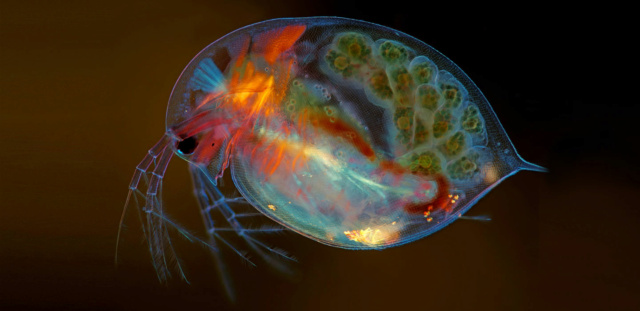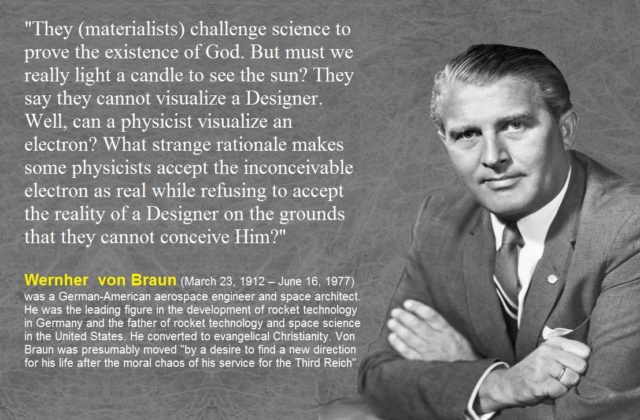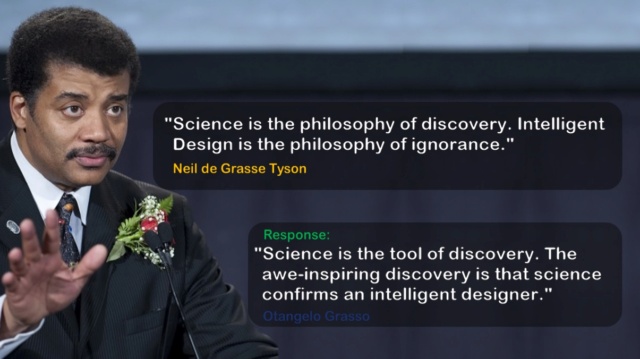The Classical Teleological Argument
1. Whenever there are things that cohere only because of a purpose or function (for example, all the complicated parts of a watch that allow it to keep time), we know that they had a designer who designed them with the function in mind; they are too improbable to have arisen by random physical processes. (A hurricane blowing through a hardware store could not assemble a watch.)
2. The essential parts of a living cell cohere only because they have a function such as membrane proteins ( factory portals ), DNA ( hardware ), the genetic code and instructional complex information stored in DNA (software), RNA polymerase ( information retrieval/encoding ) messenger RNA ( transmission ) Ribosome ( translation/decoding ) proteins ( complex machines ) dynein, kinesin ( taxis ) tubulins ( molecular highways ) mitochondria ( power generating plants ) ATP synthase ( power turbines ) the metabolic network ( electric circuits ) and so on, which are found forming an integrated interdependent system because they make it possible together for the cell to self-replicate, adapt, and remain alive.
3. These chemicals, building blocks, and macromolecules must have a designer who designed them with their function in mind: just as a watch implies a watchmaker, a machine implies a machine designer. Living cells were not created by human designers. Therefore, living cells must have had a non-human intelligent designer
1. Whenever there are things that cohere only because of a purpose or function (for example, all the complicated parts of a watch that allow it to keep time), we know that they had a designer who designed them with the function in mind; they are too improbable to have arisen by random physical processes. (A hurricane blowing through a hardware store could not assemble a watch.)
2. The essential parts of a living cell cohere to a functional whole. They are found forming an integrated complex system because they make it possible together for the cell to self-replicate, adapt, and remain alive. There is an organizational structure between the domain of specified complex information that cleverly directs the making all functional parts and controls molecular mechanical dynamics and self-replication.
3. The functional organization which makes chemicals, building blocks, and macromolecules must have a designer who designed the system with the function in mind: just as a watch implies a watchmaker, a machine implies a machine designer, and a factory, a factory maker. Living cell factories full of machines made through the instructional genetic information were not created by human designers. Therefore, living cells must have had a non-human intelligent designer

1. Whenever there are things that cohere only because of a purpose or function (for example, all the complicated parts of a watch that allow it to keep time), we know that they had a designer who designed them with the function in mind; they are too improbable to have arisen by random physical processes. (A hurricane blowing through a hardware store could not assemble a watch.)
2. The essential parts of a living cell cohere only because they have a function such as membrane proteins ( factory portals ), DNA ( hardware ), the genetic code and instructional complex information stored in DNA (software), RNA polymerase ( information retrieval/encoding ) messenger RNA ( transmission ) Ribosome ( translation/decoding ) proteins ( complex machines ) dynein, kinesin ( taxis ) tubulins ( molecular highways ) mitochondria ( power generating plants ) ATP synthase ( power turbines ) the metabolic network ( electric circuits ) and so on, which are found forming an integrated interdependent system because they make it possible together for the cell to self-replicate, adapt, and remain alive.
3. These chemicals, building blocks, and macromolecules must have a designer who designed them with their function in mind: just as a watch implies a watchmaker, a machine implies a machine designer. Living cells were not created by human designers. Therefore, living cells must have had a non-human intelligent designer
1. Whenever there are things that cohere only because of a purpose or function (for example, all the complicated parts of a watch that allow it to keep time), we know that they had a designer who designed them with the function in mind; they are too improbable to have arisen by random physical processes. (A hurricane blowing through a hardware store could not assemble a watch.)
2. The essential parts of a living cell cohere to a functional whole. They are found forming an integrated complex system because they make it possible together for the cell to self-replicate, adapt, and remain alive. There is an organizational structure between the domain of specified complex information that cleverly directs the making all functional parts and controls molecular mechanical dynamics and self-replication.
3. The functional organization which makes chemicals, building blocks, and macromolecules must have a designer who designed the system with the function in mind: just as a watch implies a watchmaker, a machine implies a machine designer, and a factory, a factory maker. Living cell factories full of machines made through the instructional genetic information were not created by human designers. Therefore, living cells must have had a non-human intelligent designer






